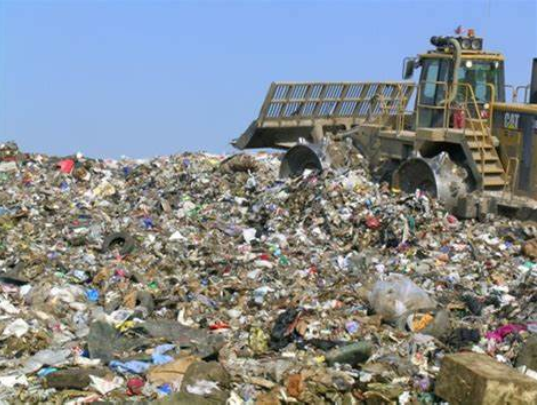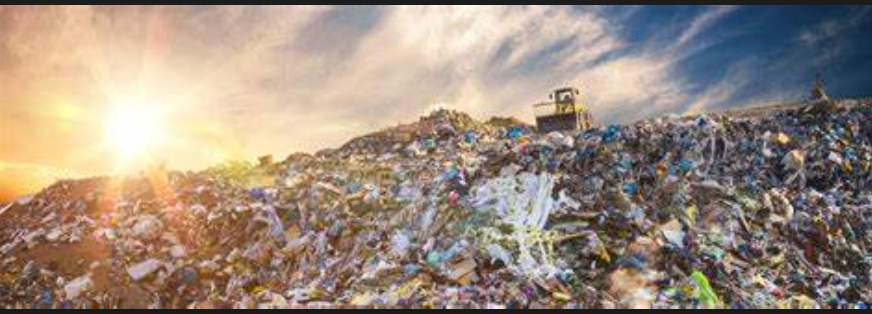What is solid waste? its Types and Management Techniques
Hello! I am here to discuss Solid Waste In this post. The material which is remained after the use of a substance is known as waste. Thus, waste becomes useless and without economic value for most people. These wastes can be disposed of in landfills or by burying, or they can be recycled and reused.

In this article, we will talk to you specifically about one type of waste: solid waste. Stick with us till the end to find out what solid waste is and how it’s classified for proper waste management.
What is solid waste? Examples
Waste can be liquid, gaseous, or solid. Under the denomination of solid waste, only the waste which is in the solid state is grouped together, leaving aside those which are in the liquid and gaseous state. The term urban solid waste is used to refer to waste produced specifically in urban centers and their areas of influence. This waste is generally produced in private homes (houses, apartments, etc.), offices or shops. This is household waste.
Examples
Examples of solid waste are used paper, plastic or glass bottles, or cardboard boxes. On the other hand, wastes such as oils from a vehicle or smoke from a chimney are not classified as solid waste.
Also Read:
- What is Acid Rain? Definations, Causes and Effects of Acid Rain
- What is Ground-Level Ozone? And its Effects
- What is Air Quality? Air Quality Indicator and Air Quality Index
How is solid waste classified?
Solid waste can be categorized into two main groups, hazardous and non-hazardous solid waste. Hazardous waste, as the name suggests, includes waste that may pose a danger to public health or the environment due to its corrosive, explosive, or toxic properties. Non-hazardous waste, on the other hand, does not present a danger to health or the environment. These can in turn be subdivided into several categories:
Ordinary: this waste is produced during the daily routine in homes, schools, offices or hospitals.
Biodegradable: this waste is characterized by its ability to disintegrate or degrade quickly, becoming another type of organic matter. Food scraps, fruits, and vegetables are examples of this type of waste.
Inert: These wastes are characterized by the fact that they do not decompose easily in nature, but take a long time to decompose. This waste includes cardboard or certain types of paper.
Recyclable: this waste can undergo processes that allow it to be reused. These include glass, fabrics, certain types of plastics, and paper.
In addition to this classification, solid waste can also be grouped into organic and inorganic waste:

Organic: this classification includes biodegradable waste.
Non-organic or inorganic: these are wastes that, due to their chemical characteristics, undergo a very slow natural disintegration. Many of these wastes can be recycled by complex methods, such as cans, certain plastics, glass, or rubber. In other cases, recycling or transformation is not possible, as in the case of batteries, which are dangerous and polluting.
The management of urban solid waste is carried out in several stages: the first stage before collection (including separation and storage), the collection itself, transport from the collection point, and, finally, its disposal or transformation.
Where is the solid waste disposed of and recycled?
Once collected, solid waste can be destined for disposal in different ways:
Left at the dump
Landfilling is a method of solid waste disposal that involves depositing solid waste in the ground, in a spread-out and compacted form. This is performed for hazardous waste only.
Incineration
A waste incinerator is a waste treatment system that consists of burning waste at high temperatures, which reduces its volume by up to 90% and its weight by 75%. The disadvantage of this system is that it generates ashes, inert waste, and gases that can be toxic to people.
Separation and use
This system makes it possible to classify solid waste at the place where it is produced in order to recover it later. To recover them, processes, techniques, and operations are applied that manage to return to these materials the possibility of reusing them in their original function or in a similar function.
Consequences of poor solid waste management
Poor management of solid waste can have consequences, which can be considered really serious, such as:
Health risks: Health risks can affect directly and indirectly in the form of diseases. Many of these effects are currently being studied. Adverse effects on the environment: such as the aesthetic deterioration of cities and natural landscapes, which can be seen as a form of human transformation of nature.
Water pollution: by toxic discharges into rivers and streams. This leads to eutrophication, with terrible consequences.
Soil pollution: this, in turn, causes land abandonment.
Air pollution: smoke and gas emissions lead to a reduction in the quality of the air we breathe.